What engine is in my car? If you've ever asked yourself that question, you’re not alone. Luckily, it’s simple to check and all you need is the VIN (Vehicle Identification Number) or registration number (number plate).
When you know what type of engine is in your car - petrol, diesel, hybrid or electric power - you can calculate its tax and running costs, as well as be aware of any specific parts or characteristics that might be associated with that engine.
Knowing your car’s engine type and size is vital when you book a service so the garage or dealership knows to use the right oil and parts. You can also find out how much power your engine produces so you know it’s the right one for your driving needs.
So, here’s everything you need to know to find out what engine is in your car.
Petrol or Diesel: Fuel for Thought
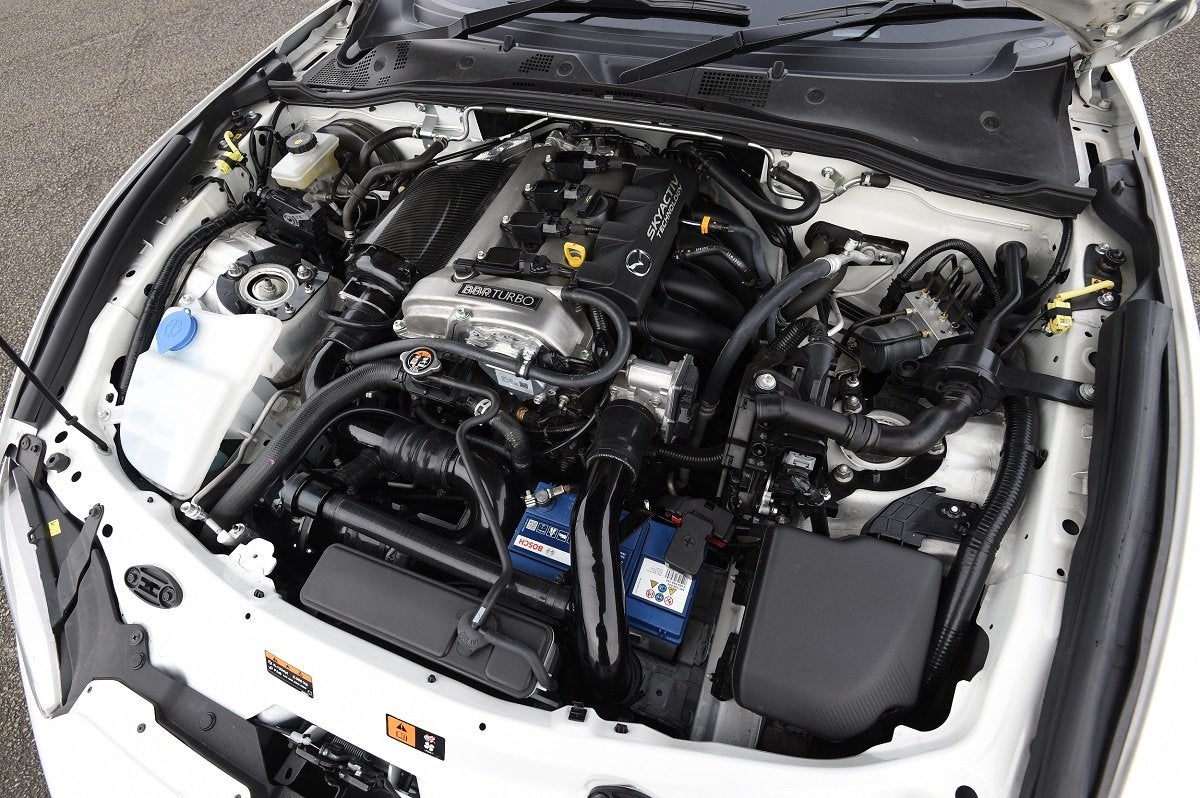
There are two main types of engine used in most cars: petrol and diesel. However, some cars are called hybrids, like the Toyota Prius, where they use a petrol or diesel engine along with an electric motor. A different type of hybrid is a car that runs on LPG (liquid petroleum gas), which is most often combined with a petrol engine.
Electric cars (EVs) that run just on battery power are another option, such as the Nissan Leaf or Tesla Model 3. To add to the mix there are also hydrogen-powered cars like the Hyundai Nexo that generate electricity to power a motor and turn the wheels. Spotting an EV is simple as it will have a charging socket and cable rather than a fuel flap. Hydrogen-powered cars use a unique filler, so there’s no danger of topping up with wrong fuel.
VIN – Vehicle Identification Number
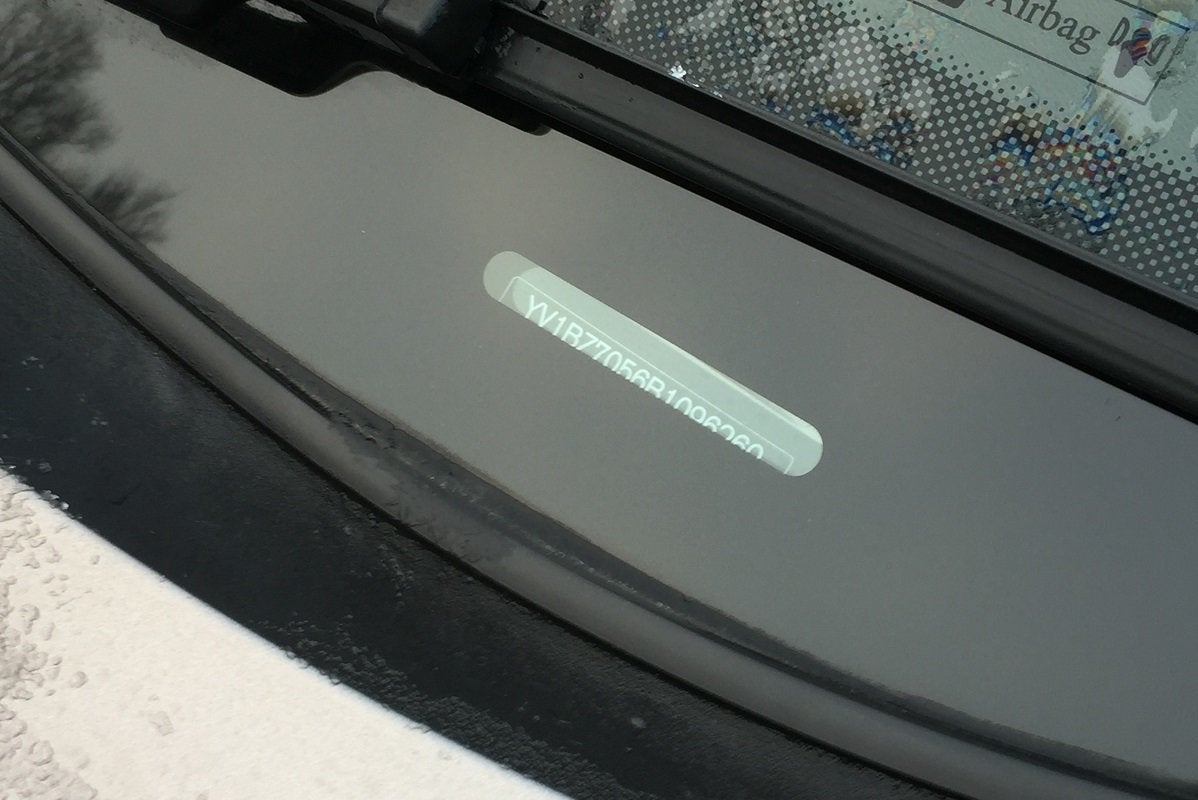
All cars come with a Vehicle Identification Number (VIN) that is unique to that car. A car's VIN works like a birth certificate so you can decode what the car is. This is important for when the car goes into the garage for any work so the mechanic can tell exactly what parts to use when servicing or repairing it.
This little multi-digit number is also vital in case your car is stolen as it tells the police what to look for and helps them identify the car when it’s found.
You will find the 17-digit VIN on most cars behind the windscreen in the passenger-side lower corner. If it’s not there, it’s usually stamped into the driver’s side door pillar or on the metal panel at the rear of the engine bay.
If you still struggle to find the VIN, ask the local dealership for that make or your mechanic to show you, and then take a note of it.
You will also find the VIN number on the car’s logbook, also known as the registration form or V5C. This document will have all of the car’s important information, including what type of fuel it uses, engine capacity, and carbon dioxide (CO2) emissions. This is also a good way to check a car before you buy it to make sure the details on the logbook match the car you’re looking at.
There are a number of online VIN decoder websites. You type in your car’s unique identification number and these websites will tell you make, model, colour, age, engine size and fuel type.
Online MoT Check
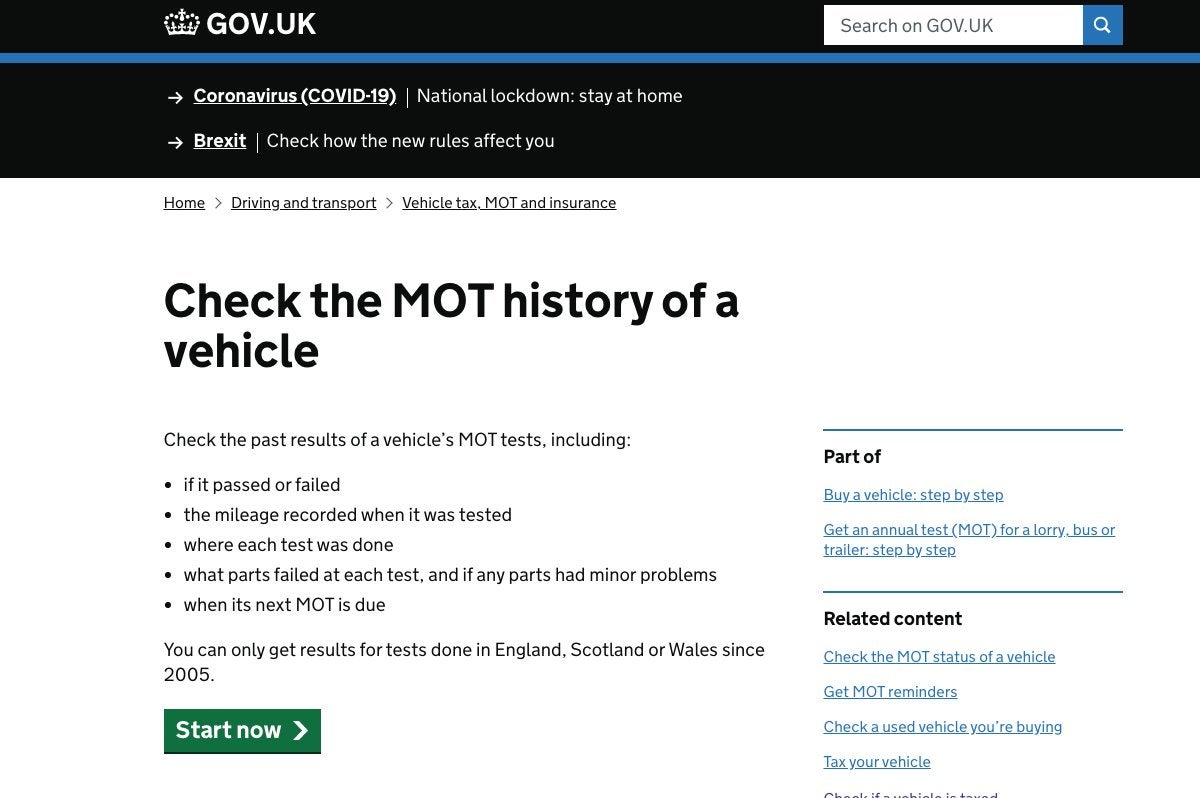
If you only want to know what type of fuel the engine needs, a quick way is to use the government’s MoT Checker for cars that are three-years old or more. When you type in the vehicle registration number plate, it quickly tells you the make, model, age, colour and fuel type.
This simple service is free to use and you don’t have to own the car to carry out a check, so you can use it when looking to buy a used car. It only provides basic information, but it’s ideal if you want to be sure whether to fill up with petrol or diesel.
Car History Check
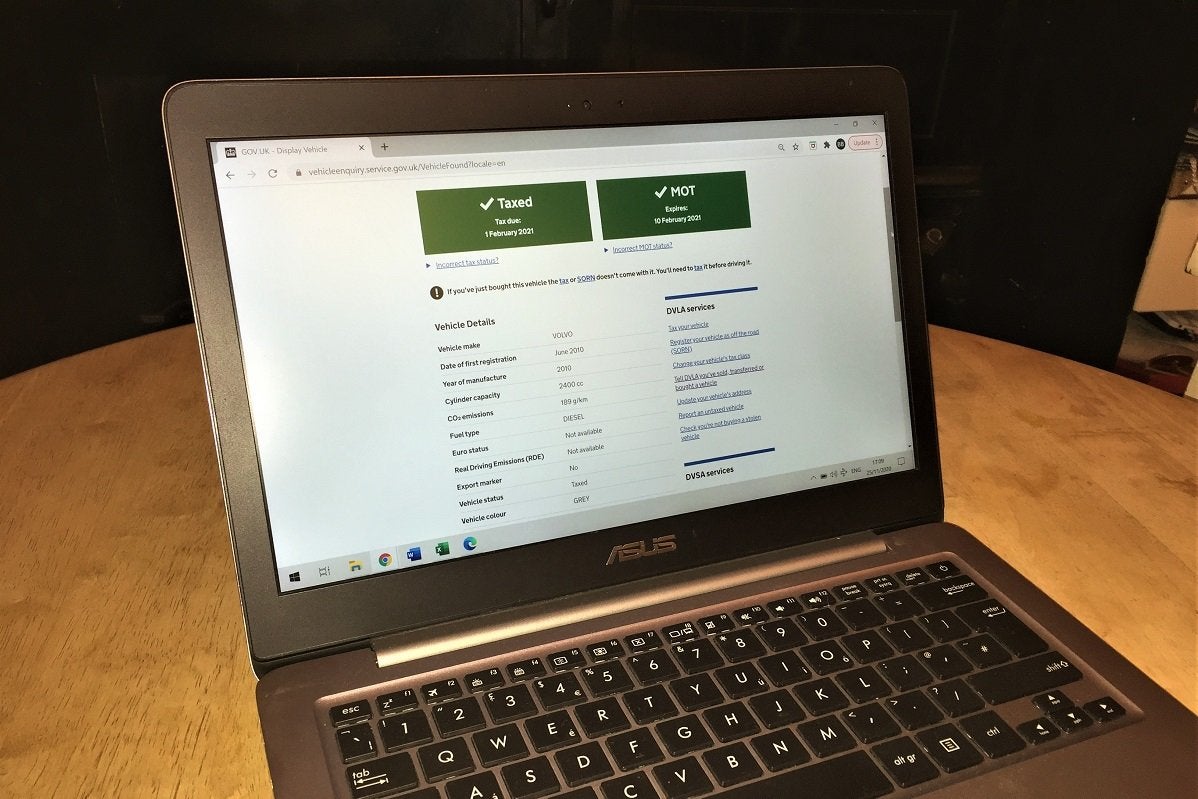
For more detailed information about a car, the government’s Vehicle Enquiry website is very useful. You only need to type in the car’s number plate and it will provide much of the detail that’s also on the logbook (V5C). However, it doesn’t show a car buyer the owner’s details, so no one can look up your name and address by checking a registration plate.
This website will tell you the engine’s size, shown in cubic centimetres. So, a 1.0-litre Ford Fiesta engine’s capacity will be shown as 1,000cc. It also states what fuel the car uses and its CO2 emissions, which is useful to know when working out how much VED (Vehicle Excise Duty), often called road tax, you will have to pay each year.
There are also other car history check websites and some are free to use, but others charge a fee. They provide the same information as the government’s website but can also tell you if the car has been stolen, written off or is still owned by a finance company.
Different Types of Engine
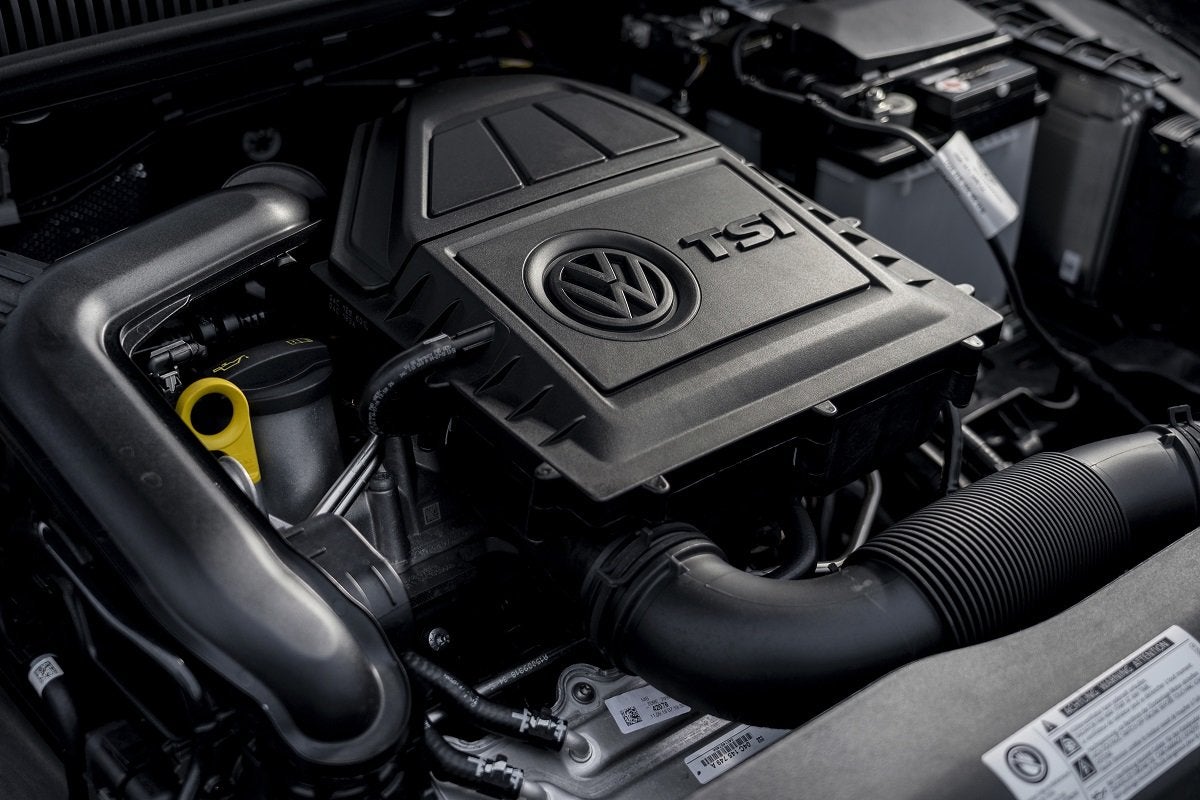
Engines come in all sorts of different sizes, types and horsepower depending on what the car is supposed to be used for. A Volkswagen Up, a small city car, has a small engine to be frugal on fuel, while an Audi Q5 SUV has a bigger engine to cope with more passengers and luggage.
When you’ve identified what type of fuel the engine needs using either the VIN or registration number, you can dig deeper to work out the engine’s finer details. These can usually be found in the owner's manual or you can ask a garage to confirm what’s under the bonnet (they might even be able to check the exact engine number if needed).
There are several different types of engine layout, yet there’s no need to be put off by jargon.
Most cars, whether hatchbacks, SUVs, or anything else, use an ‘inline’ engine, also sometimes referred to as a ‘straight’ engine. This means the motor’s cylinders are arranged in a single line with anything from two to six cylinders. Many larger cars have their engines fitted so the motor is placed from front to back in the engine bay and they are usually called ‘longitudinal’ engines. BMW and Mercedes are two car manufacturers who have traditionally used this layout in many of their cars. In most cars, the engine is fitted across the car from side to side such as in a Volkswagen Polo or Honda Civic, and this is generally known as a ‘transverse’ engine.
Some car makers use a ‘V’ engine design. This is usually for larger engines with six, eight, 10 or even 12 cylinders, such as those found in a Ferrari or Mercedes. By arranging the cylinders in two rows pointing down to the centre, it means the engine is shorter but wider than an inline or straight engine. Most V engines are used in high-powered luxury or sports cars.
Porsche and Subaru use an engine design known as a ‘flat’ engine, also sometimes called a ‘boxer’. This design divides the cylinders into pairs placed opposite each other, so they create a very flat engine. The advantage of this is it places the motor’s weight very low in the car for good handling, but it takes up a lot of space.
Hybrid cars can use any of the internal combustion engine types above, working alongside an electric motor. Some hybrid cars work with only the petrol or diesel engine plus the electric motor helping out. However, most now work like this but can also run on battery power alone for zero emissions driving, such as the Volvo XC90 T8.
A different type of hybrid car is the range-extender. This is an EV but has a small petrol or diesel engine onboard that acts like a generator to charge up the battery when it runs low on electricity. BMW’s i3 city car is an example of a range-extender.
Electric cars like the Renault Zoe or a Tesla come with a motor rather than an engine. The electric motor works in the same way as a radio-controlled car’s, so it’s much quieter than a petrol or diesel. It also has full power available as soon as you press the accelerator, so even small EVs feel quick off the mark.
